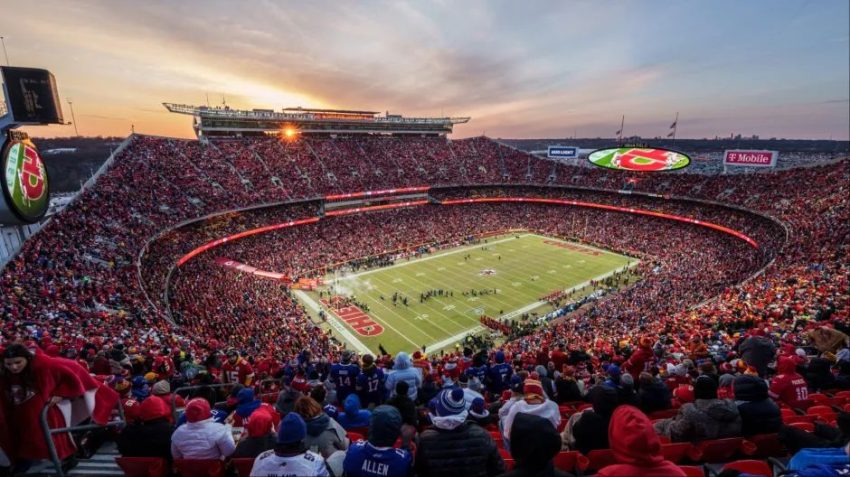KANSAS CITY — The Kansas City Chiefs’ bold vision of the future has officially entered crunch time. The proposed $3 billion relocation and construction of a state-of-the-art stadium for the reigning AFC powerhouse took a critical leap forward this week. As city officials, business leaders, and devoted fans grapple with the implications, tensions are running high and time is running out.
The Chiefs’ current home, GEHA Field at Arrowhead Stadium, has stood as a fortress of NFL tradition since 1972. But as the franchise eyes a new era of dominance, ownership is pushing forward with an ambitious relocation plan that includes a retractable-roof stadium, massive retail and entertainment zones, and an NFL-first on-site fan tech experience. The proposed site, a few miles southeast of downtown Kansas City, is being positioned as the cornerstone of a billion-dollar regional revitalization project.
However, not everyone is cheering. With a critical funding vote set for mid-July, the pressure is mounting on both city council members and the Hunt family, who own the Chiefs. At stake is not just taxpayer funding—estimated at around $1.2 billion—but also the emotional attachment of a fanbase deeply loyal to Arrowhead’s legacy.
City council members held an emergency hearing on Monday to address public concerns about the scope and cost of the relocation. Protesters gathered outside city hall, brandishing signs reading “Keep Arrowhead Sacred” and “No Public Funds for Private Stadiums.” Inside, heated exchanges between community leaders, team representatives, and city economists underscored just how divisive the project has become.
Chiefs President Mark Donovan addressed the chamber directly, stating, “This isn’t just about a football stadium. This is about economic opportunity, long-term sustainability, and ensuring that the Chiefs remain a symbol of pride for Kansas City on a global stage.”
Donovan highlighted projections that estimate the new development could create over 14,000 jobs, generate more than $8 billion in economic activity over 30 years, and serve as a catalyst for infrastructure upgrades in historically neglected neighborhoods. But critics remain unconvinced, citing unfulfilled promises from similar stadium deals across the country.
What’s undeniable is the emotional storm swirling among Chiefs fans. Many cherish Arrowhead’s iconic roar, tailgate culture, and historic moments. Lifelong season ticket holder Linda Warner summed up the mood: “You can’t buy what Arrowhead means to us. It’s not just concrete and steel—it’s our church on Sundays.”
The NFL is watching closely. Commissioner Roger Goodell has praised the proposal’s ambition, calling it “a blueprint for the next generation of NFL stadiums.” Insiders say the league could award Kansas City another Super Bowl, possibly as soon as 2031, if the new stadium becomes a reality.
But all eyes now turn to July 17, the date by which the city must approve or reject the Chiefs’ financial proposal. If rejected, team officials have hinted they may explore relocation options outside Missouri—though they’ve been careful to avoid specifics, likely to avoid further inflaming public backlash.
As the Chiefs prepare for training camp and another Super Bowl run, their off-field battle for a future home may prove to be just as fierce as anything that happens on the gridiron. The clock is ticking, and Kansas City finds itself “in the red zone,” facing a decision that could define the franchise’s next 50 years.
